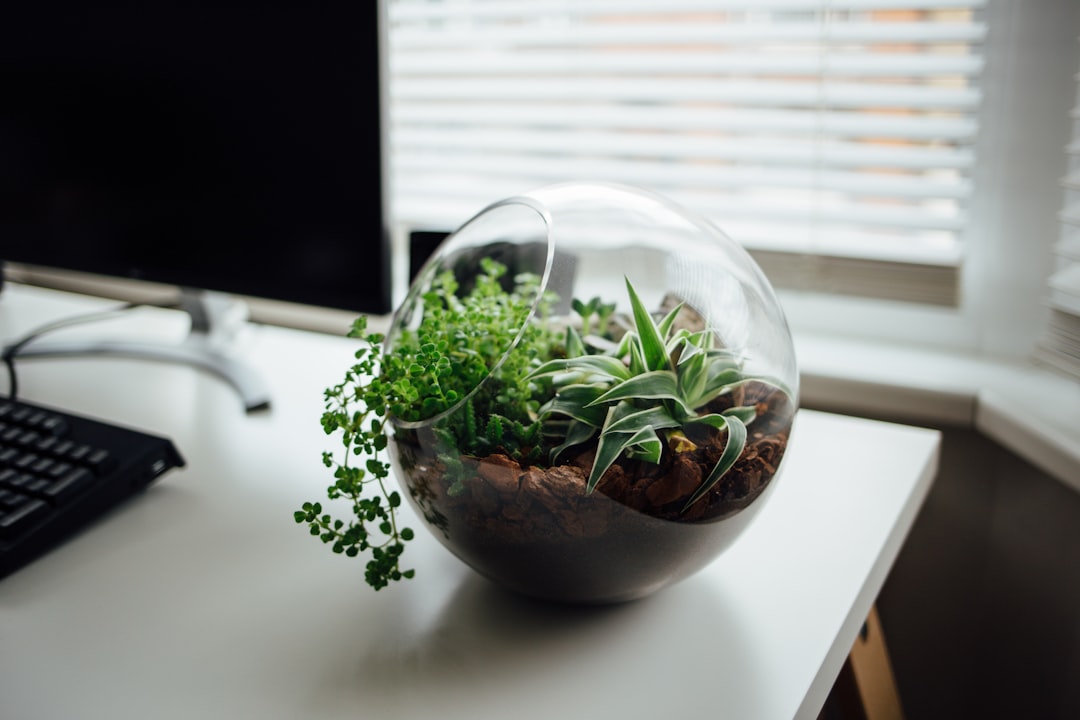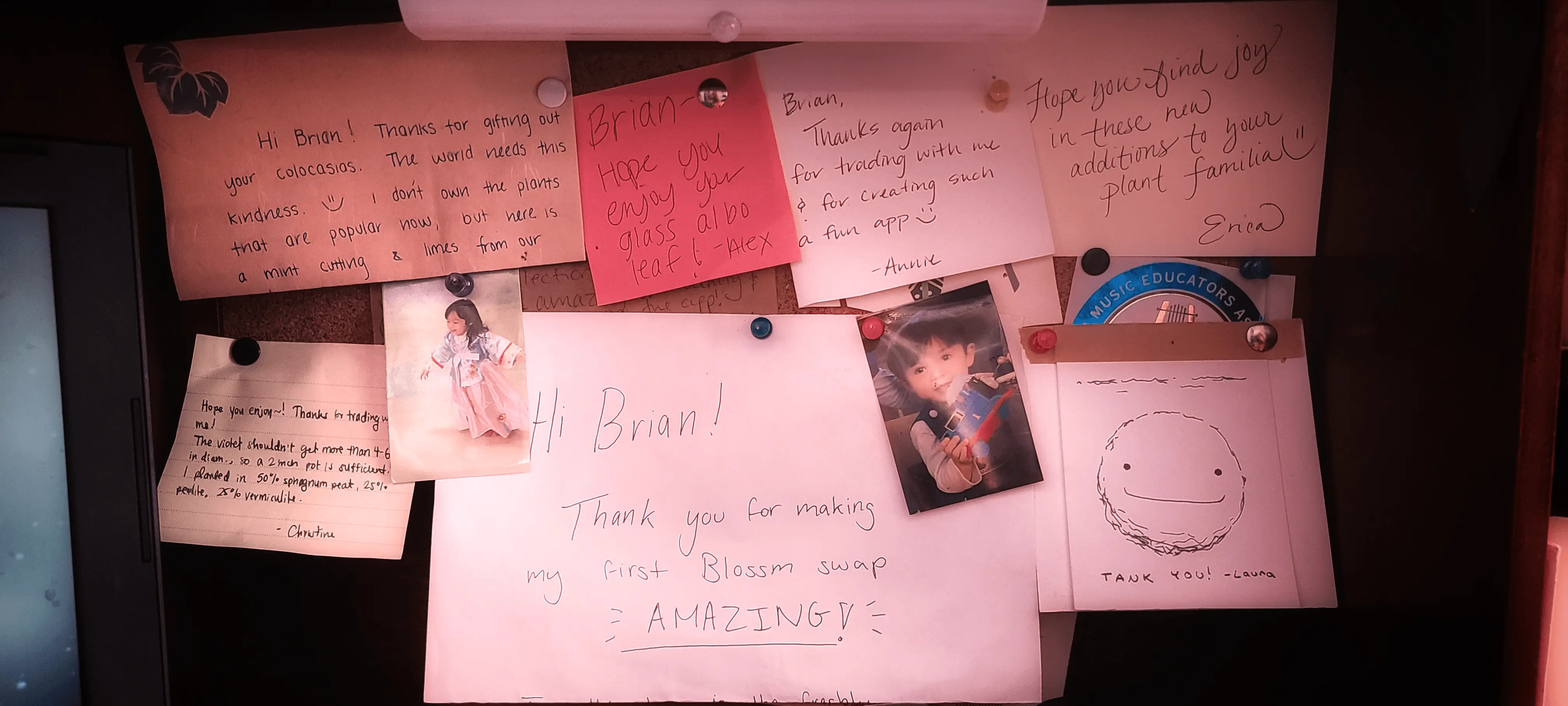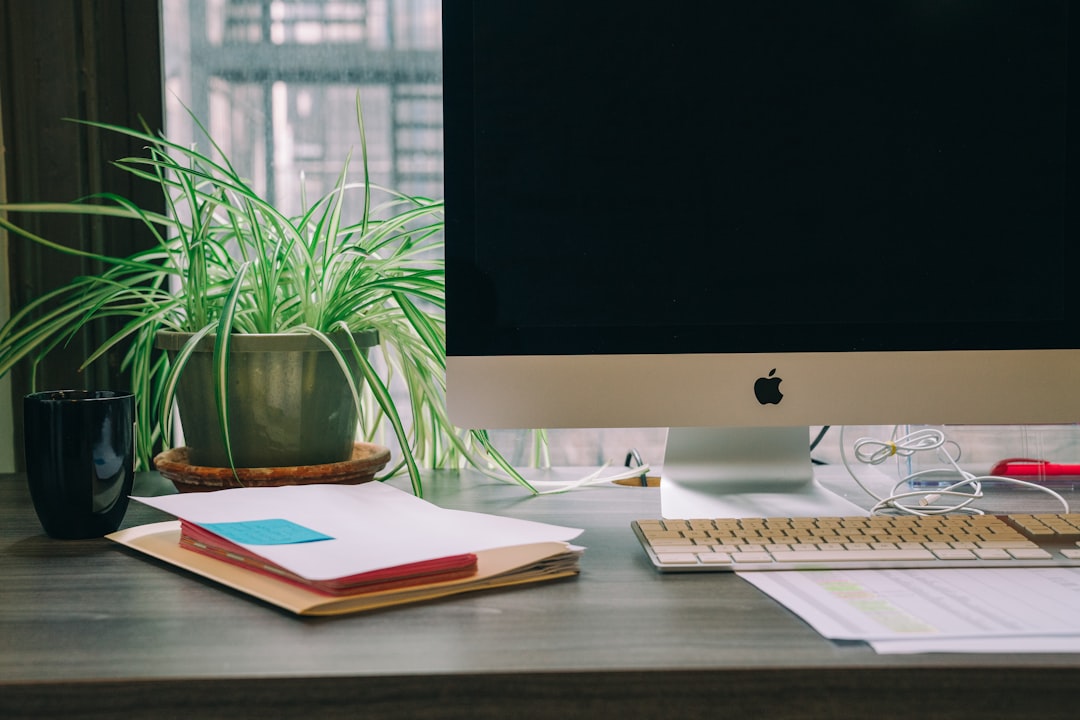Plants in the Workplace: The benefits of greenery in your workspace

Do you often feel stressed, fatigued, or uninspired while at work? You're not alone! Many people experience these feelings while at work, but did you know that incorporating plants into your workspace can help alleviate these feelings and improve your overall well-being?
In this newsletter, we'll explore the benefits of bringing greenery into your office or workspace, including improved air quality, reduced stress levels, and increased productivity.
The Benefits of Plants in the Workplace
- Improved Air Quality: One of the primary benefits of having plants in your workspace is improved air quality. Plants absorb carbon dioxide and release oxygen through the process of photosynthesis. They can also help remove harmful chemicals from the air, such as formaldehyde, benzene, and trichloroethylene, which are commonly found in office furniture, carpeting, and cleaning products.
- According to a study by NASA, indoor plants can remove up to 87% of air toxins in 24 hours. (Wolverton, Johnson, & Bounds, 1989)
-
A study by Kim and Park (2009) found that the presence of plants in indoor environments can reduce levels of volatile organic compounds (VOCs) by up to 80%.
- Reduced Stress Levels: Studies have shown that being around plants can help reduce stress levels and increase feelings of well-being. Plants have a calming effect on the mind and can help lower blood pressure and reduce muscle tension.
- A study by Lohr, Pearson-Mims, and Goodwin (1996) found that workers who had plants in their windowless office environment reported feeling more relaxed, less tense, and less anxious compared to workers who did not have plants in their environment.
- Increased Productivity: Incorporating plants into your workspace can also help increase productivity. Studies have found that people who work in environments with plants are more productive, have better concentration, and are more creative than those who work in environments without plants.

Choosing the Right Plants for Your Workspace
-
Low-Light Plants: If your workspace doesn't receive a lot of natural light, consider low-light plants such as snake plants, ZZ plants, or pothos. These plants can survive in low light and are easy to care for.
-
High-Light Plants: If your workspace has plenty of natural light, consider high-light plants such as succulents, cacti, or fiddle leaf figs. These plants thrive in bright light and can add a pop of color to your workspace.
-
Air-Purifying Plants: If you're looking to improve air quality in your workspace, consider air-purifying plants such as spider plants, peace lilies, or English ivy. These plants can help remove harmful chemicals from the air and improve your overall well-being.
Photo by Michael Aleo on Unsplash
Creative Ideas for Incorporating Plants into Your Workspace
-
Desktop Plants: Adding a small plant to your desk can help brighten up your workspace and provide a calming effect.
-
Hanging Plants: If you're short on desk space, consider hanging a plant from the ceiling or a bookshelf.
-
Living Walls: A living wall is a great way to add a pop of greenery to your workspace. Living walls are made up of multiple plants grown vertically on a wall or other vertical structure.
-
Terrariums: A terrarium is a small, enclosed ecosystem that can be a great addition to your workspace. Terrariums are easy to care for and can add a unique touch to your office décor.

-
Vertical Gardens: If you're short on floor space, consider a vertical garden. Vertical gardens are made up of plants grown vertically on a wall or other vertical structure.
-
Planters and Pots: Adding plants to decorative pots or planters can add a pop of color and personality to your workspace.
Final Notes
Incorporating plants into your workspace is a simple and effective way to improve your overall well-being. From improving air quality to reducing stress levels and increasing productivity, the benefits of plants in the workplace are numerous. With a little bit of care and creativity, you can create a green oasis in your workspace that will benefit both you and your colleagues.
Sources
-
Wolverton, B. C., Johnson, A., & Bounds, K. (1989). Interior landscape plants for indoor air pollution abatement (No. NASA-RP-1228). National Aeronautics and Space Administration, John F. Kennedy Space Center, FL.
-
Kim, J., & Park, S. (2009). The effects of indoor plants on air quality. Journal of the American Society of Horticultural Science, 134(4), 401-406.
-
Lohr, V. I., Pearson-Mims, C. H., & Goodwin, G. K. (1996). Interior plants may improve worker productivity and reduce stress in a windowless environment. Journal of Environmental Horticulture, 14(2), 97-100.
That’s all for now!
I will continue to improve these newsletters and add more exciting content as I go. If you have any suggestions, please let me know.
If you enjoyed this newsletter, I would love it if you could simply reply to this email and let me know you enjoyed it. I read EVERY reply!
Talk soon! Feel free to enjoy my content on Twitter until the next newsletter :)
-Houseplant Hobbyist
Recommended Blogs

How to Ship Plants
Shipping plants is actually easier than you think and quite common! At Blossm, many of our community members ship plants all over the country! Best practices for shipping plants.

Plant Pop - Meet Brian Feretic & Hear How Blossm Grew into a Flourishing Plant Community
After discovering his love for plants, Brian was eager to spread the joy that he gets from them to others in his community. One day, he found himself exchanging one of the plants he had propagated, a rubber plant, with a neighbor, who let him pick one from her garden.

How to Identify Common Pests on your Houseplants
Identifying common pests on houseplants is essential for maintaining their health. We first start looking for signs of damage such as holes, discoloration, or wilting.

How to Propagate Alocasia Bulbs or Corms
It's plant experiment time again! "Which medium is best to propagate an alocasia corm or bulb?" When I was repotting one of Alocasia plants, I uncovered a bunch of baby bulbs or "corms" that were growing on my Alocasia Cuprea momma plant.

The Best Rooting Hormone for Plant Propagation
About six weeks ago, I started a plant experiment to compare the different types of rooting hormone for propagating my houseplants.

The Benefits of Growing Plants in Leca
We have grown to really love using LECA (Lightweight Expanded Clay Aggregate) for almost all of our plants. LECA has been used in semi hydroponics and has gotten more popular throughout the years for gardening and horticulture.

The Blossm Plant Community is My Form of Therapy 💚
As a first time founder, I didn't really fully understand what I was getting myself into... I knew Blossm would need at least 3-5 years to see it through, and the journey was going to be extremely difficult, but I didn't truly understand the magnitude of the rollercoaster ride of #startuplife.


